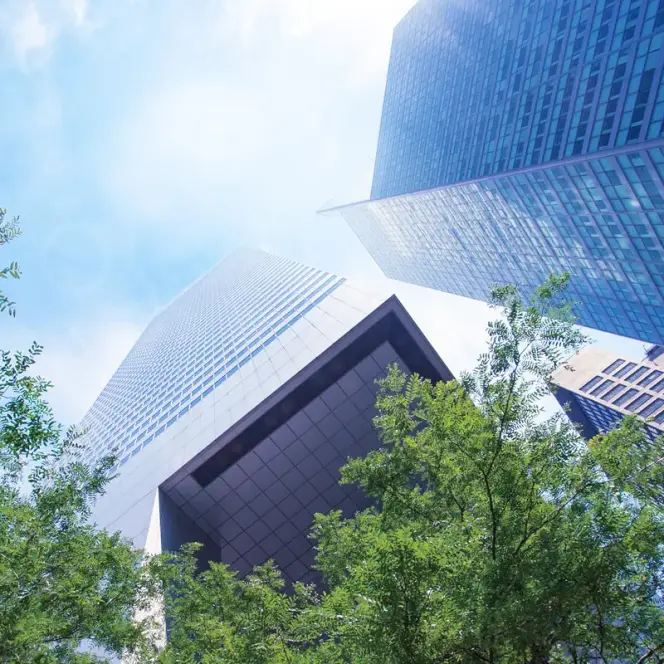Insights for Indian Building Owners
Understanding the electricity consumption of lifts is crucial for property owners and managers in India, where energy efficiency is increasingly becoming a priority. The annual electricity use of an elevator system is influenced by several factors, including the type of elevator, usage patterns, the height of the property, and the modernity of the elevator. According to benchmark data, an elevator’s electricity consumption can account for approximately 5% to 10% of a building’s total energy usage, depending on the variables listed above.

Energy Consumption of Elevators: A Critical Factor as Cost of Electricity in India May Rise
In February 2024 Bloomberg reported that due to a substantial 7% YoY increase in energy consumption in 2023, the Indian government has revised its predictions for the country’s annual energy consumption to 384 gigawatts by 2032. As a result, the cost of electricity and environmental concerns are becoming increasingly important considerations for property owners and building managers in India. Selecting the right elevator system and maintaining it properly can lead to significant savings and a reduced carbon footprint. This article delves into the energy consumption of various elevator types and provides insights into how building managers can optimize efficiency and reduce costs.
Understanding Energy Efficiency Levels of Different Lift Types
The energy consumption of an elevator can vary significantly based on its design and other factors. Read along to delve into different elevator types in terms of energy use:
Hydraulic Elevators: Higher Energy Costs
Hydraulic elevators were widely used over the past few decades in smaller buildings with fewer stories. They tend to be less energy-efficient than other types of elevators. A hydraulic lift in a three-story building, for instance, may consume up to 4,000 kWh of electricity per year. This varies based on factors such as use frequency and the modernity of the elevator, however, under the same operating conditions, the energy usage of a hydraulic system is typically higher than that of other lift types.
Traction Elevators: Leading the Way in Efficiency
Traction elevators are a highly energy-efficient solution. In a typical six-story building, a traction elevator might consume approximately 3,000 kWh annually, which is significantly lower compared to other elevator types (though actual energy consumption will vary based on frequency of use and other factors). This efficiency is due to the use of a counterweight system to move the elevator cabin up and down. In contrast, hydraulic elevators operate by pumping hydraulic fluid into cylinders to move the cabin, which reduces their energy efficiency.
For more details on this check out our Introduction to Different Types of Lifts.
The Hidden Costs of Lift Maintenance
Another critical factor influencing the energy consumption of a lift is proper elevator maintenance. While it might be tempting to cut costs by skimping on lift maintenance, this approach is shortsighted. Poorly maintained elevators not only consume more energy but also face a higher risk of breakdowns and costly repairs (Ensuring Lift Longevity: The Essentials of Regular Elevator Maintenance).
Here's why regular maintenance and timely elevator modernization are critical:
Maintenance Myths Debunked
The notion that delaying elevator maintenance saves money is a myth. While short-term expenses might be reduced, the long-term costs due to increased energy consumption and potential system failures can be substantial. Different types of elevators have varying maintenance requirements, but all benefit from regular service to ensure optimal performance and energy efficiency. Contact our local teams across all major Indian cities to learn more about our lift maintenance services.
Professional Lift Management by TK Elevator for Buildings in India
To navigate the complexities of lift maintenance and energy efficiency, here are actionable strategies for building owners and managers in India:
Regular Inspections: In addition to regular maintenance conducted by certified professionals, schedule annual or semi-annual inspections to identify and address potential issues before they escalate, thereby reducing repair costs.
Energy Audits: Conduct energy audits of your elevator systems to identify areas for improvement and determine when a comprehensive lift modernization might be beneficial.
Lift Modernization: Upgrading older elevators to newer, more energy-efficient models can provide long-term savings, enhanced safety, and improved performance.
Connect with the TK Elevator India Team for Tailored Solutions
We understand the unique challenges faced by building operators in India. Our team offers specialized consultations and services tailored to meet the needs of both commercial and residential lift operators. From Kolkata to Mumbai, Chennai to New Delhi, we are here to help you optimize your lifts for maximum efficiency and reliability. In addition to lift maintenance and modernization, we also offer comprehensive elevator repair services in India. Get in touch with us to learn how we can support you.
Also check out our related blog posts: Six Reasons to Install a Lift in Your Office Building and How Often Does an Escalator Need To Be Serviced?.
 India
India


